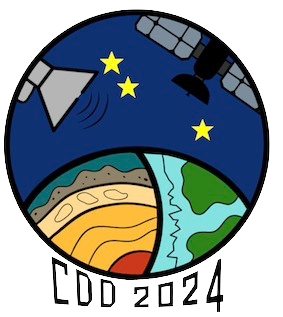Orateur
Description
On July 16th, 1945, during the first nuclear explosion, glasses called trinitites formed as a nuclear by-product. They cover the surface of the explosion crater. The origins of the trinitites remain debated (Bonamici et al., 2017; Eby et al., 2010). Here, a scenario on the trinitites formation is proposed based on the chemical (realized with the Camparis Electron Microprobe) and the silicon and oxygen triple isotopes analysis (made with the CRPG-Nancy ion microprobe IMS1270) of three trinitites.
The trinitites are an assemblage of smaller glass beads and crystals from three chemical families: CaMgFe glasses, feldspar trinitites, and silica trinitites. Their silicon and oxygen isotopic compositions have wide variations between 12.4±0.6‰ and -15.6±0.6‰ for δ30Si and between 23.5±0.5‰ and 1.5±0.5‰ for δ18O. These wide variations are unusual for terrestrial solids. The silicon isotopic compositions can result from condensation and evaporation at high temperatures.
The trinitites chemical families show different origins: (i) the refractory rich CaMgFe trinitites are the result of a silicate vapor condensation (δ30Si<0‰), and (ii) the silica trinitites are mainly a product of melting and evaporating sediments (δ30Si>0‰). So, a scenario for the trinitites formation could be that the explosion vaporized a large amount of material and formed the crater. The surface of the crater had a high-temperature (>1980K) layer of melted sediment (quartz, feldspar…). In the nuclear fireball the silicate vapors condensed rapidly (<10s) into liquid droplets. These droplets fell into the melted sediment layer at the crater surface. Finally, the layer quenched and formed the trinitites.

